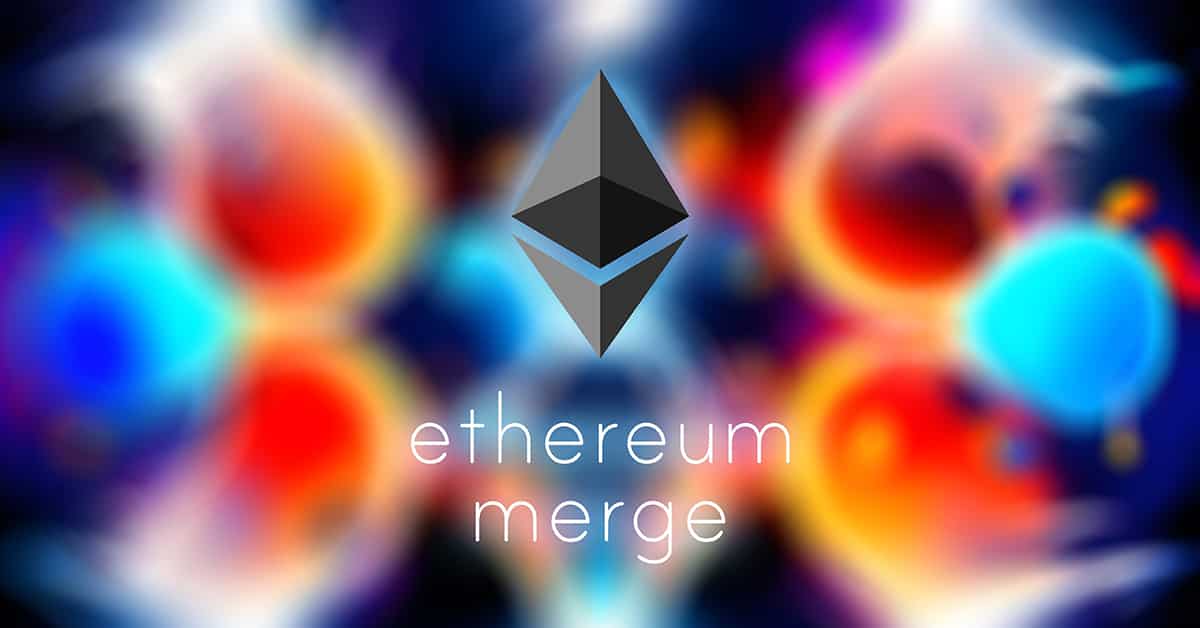Ethereum reduced its energy consumption by 99.95% through a software upgrade that changed its consenus mechanisms.

The blockchain and cryptocurrency industry has had its share of mishaps recently, but on September 15, it found something to cheer about: the Ethereum “Merge” was proclaimed by many to be a “watershed” moment in the sector’s evolution.
Technically, the Merge was just a software upgrade. Still, it was more: an audacious transition between consensus mechanisms that profoundly altered Ethereum’s value proposition for many global users, including institutional investors.
The consensus mechanism is what validates transactions on the blockchain, a critical task. Ethereum’s legacy proof-of-work (PoW) model, which entailed miners solving cryptographic puzzles, has been pilloried for squandering energy and increasing greenhouse-gas emissions, as miners ran high-speed computer networks around the clock.
But overnight, in a seamless transition to a proof-of-stake (PoS) model, Ethereum reduced its energy consumption by 99.95%: from a rate as high as 94 terawatt-hours per year in May—roughly equivalent to what the nation of Chile consumes—to an almost negligible 0.01 TWh on September 16, according to Digiconomist.
“The bolstering of Ethereum’s environmental, social and governance (ESG) credentials should be good for regulatory-driven institutions that want to start to explore the Ethereum ecosystem,” Marc Arjoon, Ethereum research analyst at CoinShares, told the Cointelegraph. Some institutional investors are prohibited from investing in networks with PoW consensus mechanisms like Bitcoin or pre-Merge Ethereum.
Ethereum’s new validators will be chosen by lottery and need to deposit, or stake, at least 32 ether (about $41,000) for six months to a year, for which they can earn a 5% to 10% annual percentage yield. Financial institutions, among others, may take advantage of these staking opportunities, according to Bank of America analysts.
Yet, others believe that while Ethereum now offers an eco-friendlier architecture and staking, it doesn’t solve one of its core deficits: lack of scalability. Not yet, anyway.
That will have to wait for the “Surge,” another ethereum upgrade scheduled for 2023 that will implement a “sharding” capability that is expected to boost speed dramatically—potentially exceedingly even Visa and Mastercard in transactions per second. That could make ethereum a proper payment solution, some believe. Meanwhile, bitcoin, the first and largest blockchain network, has no plans to drop PoW.



